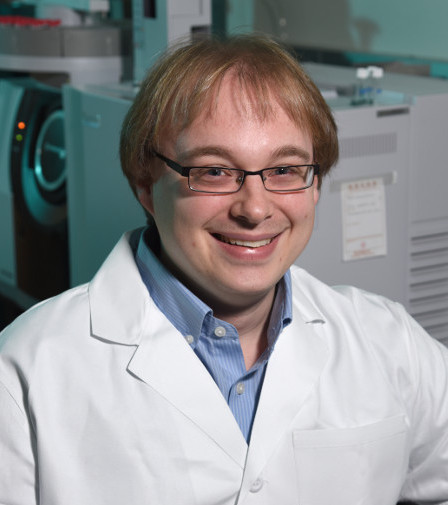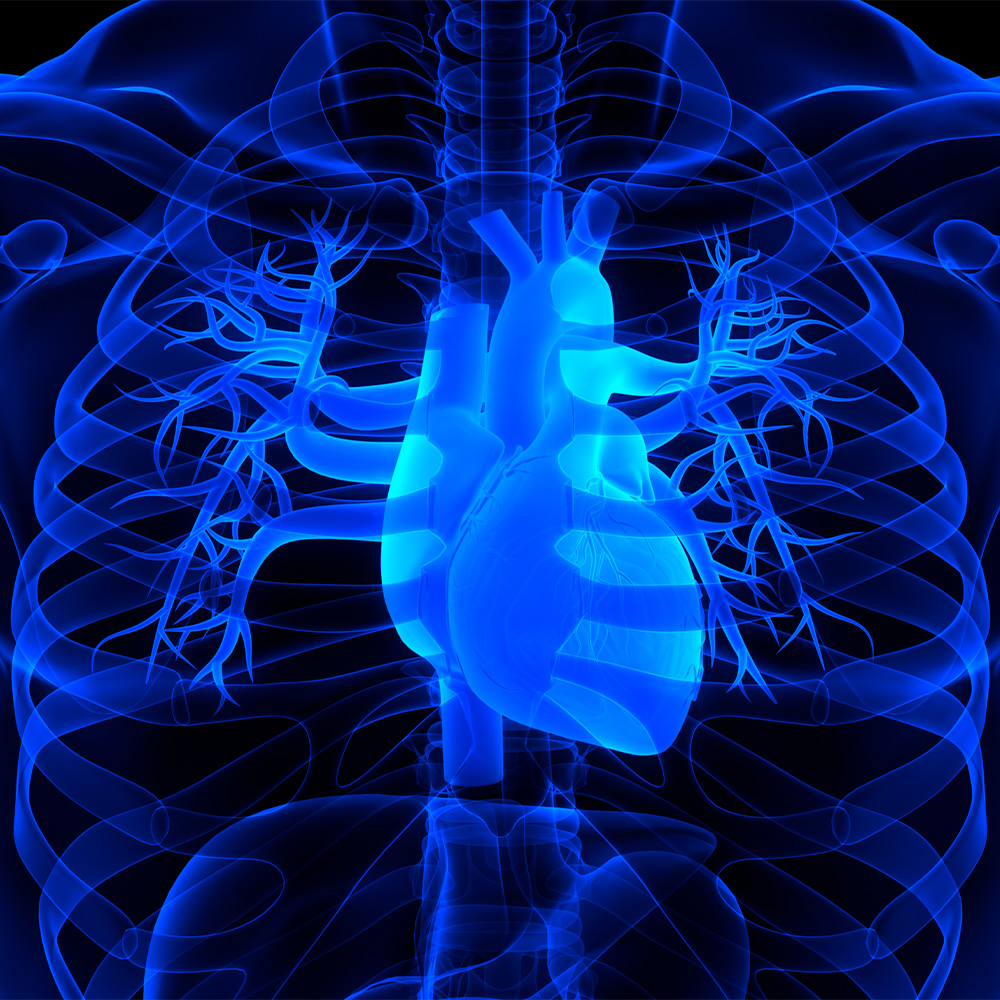UTSW scientists find novel way foodborne pathogen gets nutrients

DALLAS – Oct. 20, 2017 – UT Southwestern Medical Center scientists have uncovered a novel molecular pathway that helps the bacteria that cause a common foodborne illness get nutrients.
The Centers for Disease Control and Prevention estimates that nontyphoidal Salmonella causes more than 1 million illnesses in the United States annually. The disease is more common in June, July, and August, and its symptoms include diarrhea, fever, and abdominal cramps.
For uncomplicated Salmonella infections, treatment options are limited and oral antibiotic therapy is not recommended. Clinical trials indicate no benefit. In fact, antibiotic treatment prolongs pathogen shedding and increases the chance of a relapse, said Dr. Sebastian E. Winter, an Assistant Professor of Microbiology and a W.W. Caruth, Jr. Scholar in Biomedical Research. He is also senior author of the study published Sept. 13 in the journal Cell Host & Microbe and previously posted online.
Because antibiotic therapy is not recommended, there is a pressing need to develop new treatment options. A deeper understanding of how the bacteria acquire nutrients in the intestinal tract is an important step toward fighting Salmonella and other foodborne bacterial infections, Dr. Winter said. Previously, the pathogen’s metabolism, meaning how it acquires nutrients during infection, has been unclear. The new study shows that the host inflammatory response helps make nutrients available to the bacteria, he said.
A normal human gut is teeming with beneficial microbes, called commensals, from the Latin for “sharing a table.” These bacterial communities aid digestion. The beneficial bacterial communities in a healthy intestine are well-adapted to get nutrients via the breakdown of dietary fiber from food eaten by the host. Pathogens are unable to access dietary fiber as a nutrient, Dr. Winter said.
This study found that rather than attempting to beat the commensals at fiber degradation, Salmonella changes the rules of the game by altering the nutrient environment in the gut. The manipulation of the gut environment to benefit the bacteria begins when Salmonella induces a potent inflammatory response in the intestine, which manifests as diarrhea in the host.
Gut inflammation is aimed at preventing progression to a more severe disease, such as the systemic infection that occasionally occurs when the bacteria reach the bloodstream, as can sometimes happen in immunocompromised patients, he said.
As the immune system is battling Salmonella in the intestinal lining, chemical byproducts of inflammation pour into the open channel in the center of the gut (the lumen), changing nutrient availability there, he continued. Specifically, in a healthy gut the commensals break down fiber through fermentation. Fermentation is often used in food processing, such as during the production of yogurt, kimchi, sauerkraut, and beer. When fiber degrades in the intestinal tract, it leads to the accumulation of fermentation end products.
The researchers found that when Salmonella senses byproducts of inflammation, the bacteria reprogram their own metabolism to enable the use of fermentation end products as primary nutrients. In essence, the inflammatory host response facilitates Salmonella growth using the waste products generated by the commensal microflora.
That metabolic trick enables the bacteria to avoid competing with the commensals for nutrients. The commensal bacteria do the tough part of the job – breaking down complex fiber molecules – while the Salmonella mops up the waste products of fiber fermentation for its own nutrients, Dr. Winter said.
Traditionally, nutrient uptake by pathogenic bacteria was only studied in test tubes. Recently developed experimental methods permitted the study of the bacterial metabolism in the context of infection, providing novel insights into potential treatment targets, he explained.
Because traditional oral antibiotics do not discriminate between beneficial and pathogenic bacteria, revealing fundamental differences in how beneficial and disease-causing bacteria take up and metabolize nutrients, as reported in this study, could someday lead to more effective treatments for intestinal infections, he added.”
About UT Southwestern Medical Center
UT Southwestern, one of the premier academic medical centers in the nation, integrates pioneering biomedical research with exceptional clinical care and education. The institution’s faculty has received six Nobel Prizes, and includes 22 members of the National Academy of Sciences, 18 members of the National Academy of Medicine, and 14 Howard Hughes Medical Institute Investigators. The faculty of more than 2,700 is responsible for groundbreaking medical advances and is committed to translating science-driven research quickly to new clinical treatments. UT Southwestern physicians provide care in about 80 specialties to more than 100,000 hospitalized patients, 600,000 emergency room cases, and oversee approximately 2.2 million outpatient visits a year.
To automatically receive news releases from UT Southwestern via email, subscribe at utsouthwestern.edu/receivenews




